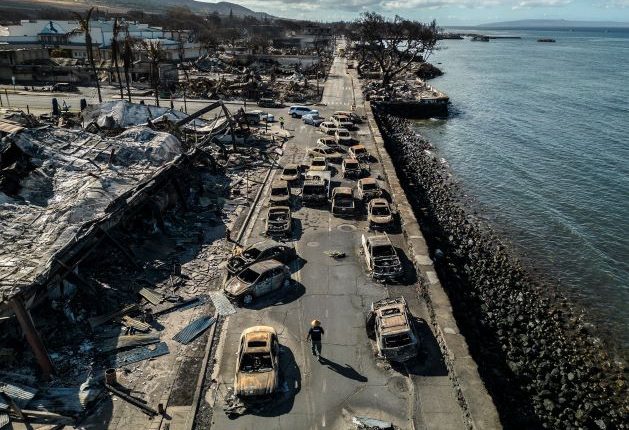Earth’s hottest August on record followed a record-breaking June and July

By Delger Erdenesanaa
NEW YORK – Temperature records continue to topple. Last month was the planet’s warmest August in the National Oceanic and Atmospheric Administration’s 174-year record, agency officials said Thursday (21). The global surface temperature for the month was 2.25 degrees Fahrenheit, or 1.25 degrees Celsius, above the 20th century average.
“We certainly are setting records that are significantly larger,” said Karin Gleason, a climatologist at NOAA.
June and July were also the warmest on record globally, meaning the Northern Hemisphere saw its warmest summer on record and the Southern Hemisphere its warmest winter.
Global surface sea temperatures hit a record high for the fifth month in a row.
In the United States, this August was the ninth-warmest on record. But Florida, Louisiana and Mississippi were especially hot, with all three states experiencing their warmest August ever.
Why it matters: Climate-related disasters come with huge costs
August saw the formation of 19 named storms across the globe, with eight reaching tropical cyclone strength. Six of these storms, including two hurricanes, happened in the Atlantic Ocean — more than usual for the region.
The United States has had 23 separate weather and climate disasters that cost more than $1 billion each in damages so far in 2023, the most ever in one year, even adjusted for inflation. These included the Category 3 Hurricane Idalia in Florida and the wildfires in Hawaii last month. The Maui wildfires were exacerbated by winds from Hurricane Dora and are believed to have killed 97 people.
Southern California also had its first-ever tropical storm watch during Hurricane Hilary in late August. Many areas there received more rain in 48 hours than they typically get all year.
Background: Warmer temperatures fuel fewer but stronger storms
The effect of climate change on hurricanes is not straightforward. As wind patterns change, there may be slightly fewer tropical storms. But when storms do form, they will gather more energy from the hotter ocean and become stronger, sometimes over a single day or just a few hours. More hurricanes are likely to reach Category 3 or higher, as Idalia did.
What’s next: Probably another record-breaking year.
2023 will almost certainly be either the warmest or second-warmest year on human record after 2016, NOAA scientists said. El Niño conditions, which release additional heat into the atmosphere and are associated with warmer years on average, are expected to last at least through the northern hemisphere winter.
“We expect the heat to continue for the rest of 2023,” Gleason said. Depending on how long El Niño persists, on top of the steady global warming from climate change, “It’s possible that 2024 could be even warmer than 2023,” she said.
-New York Times


Comments are closed, but trackbacks and pingbacks are open.